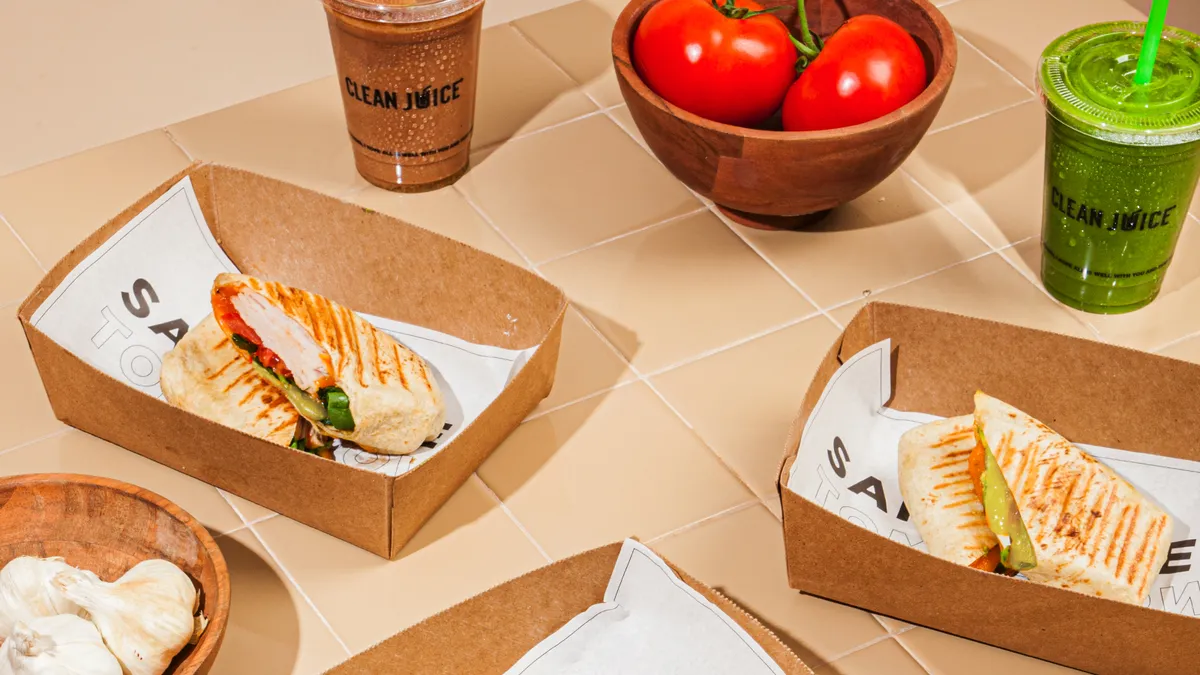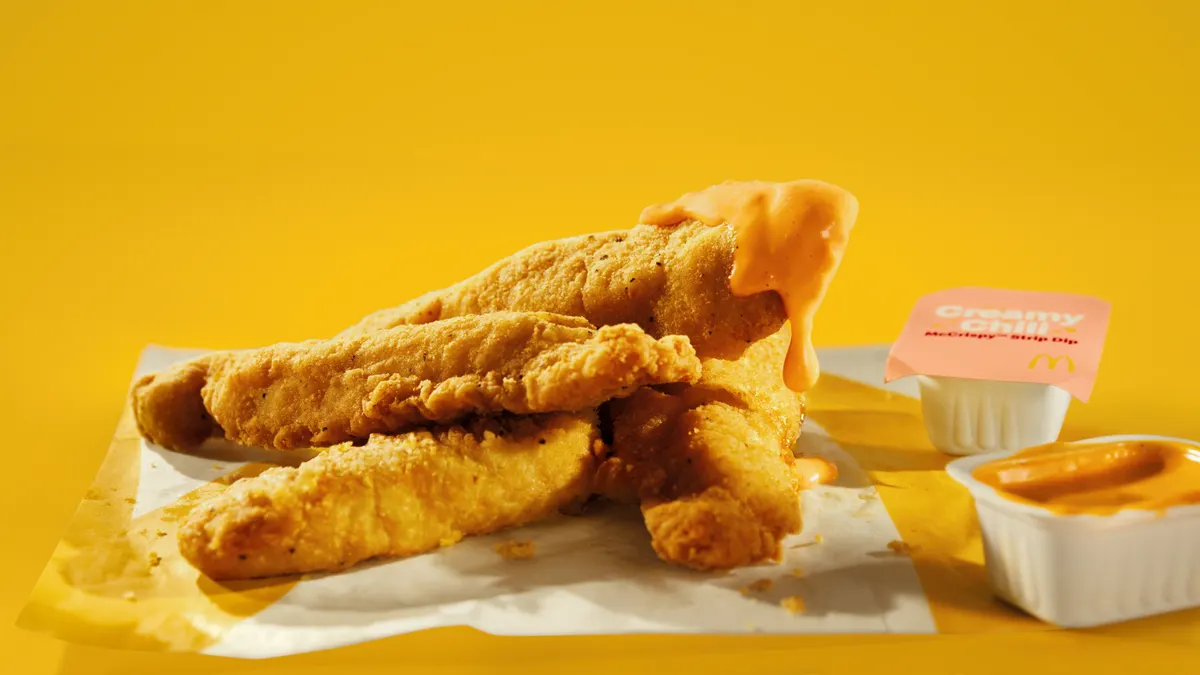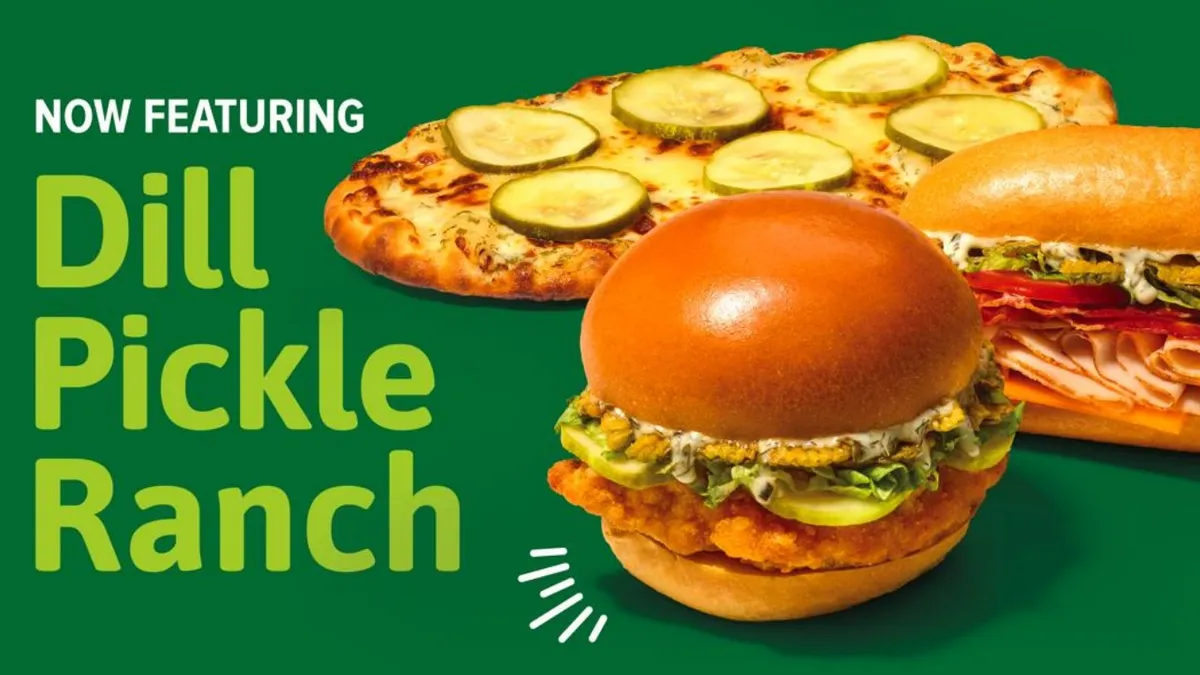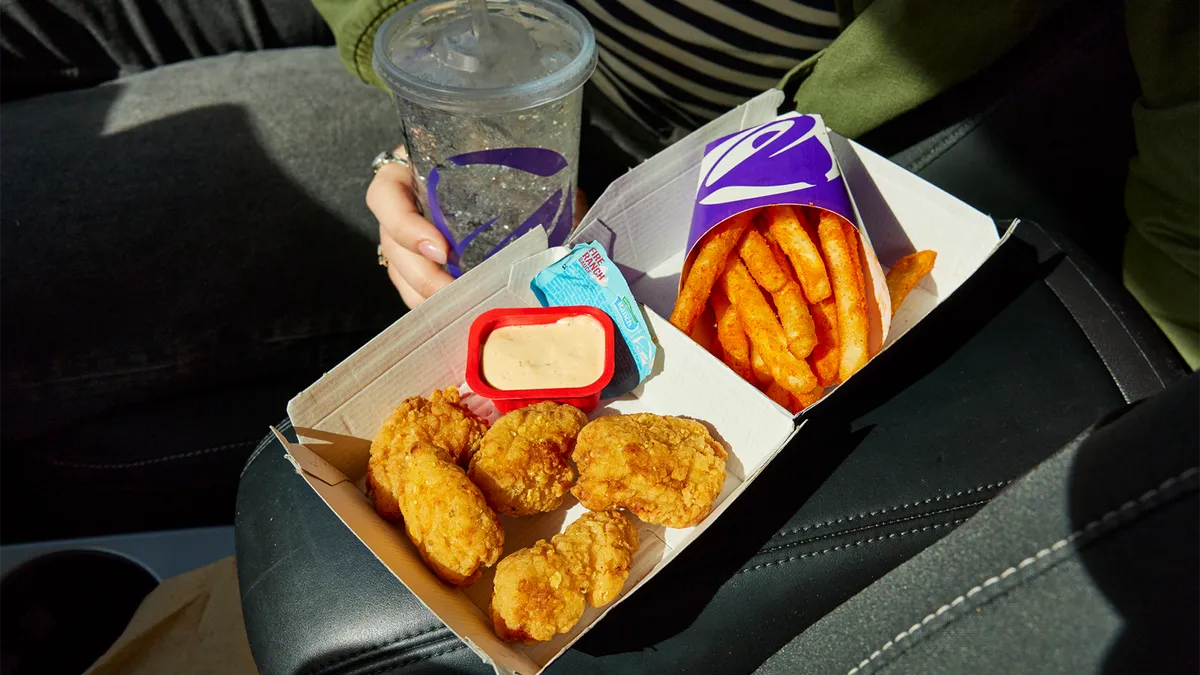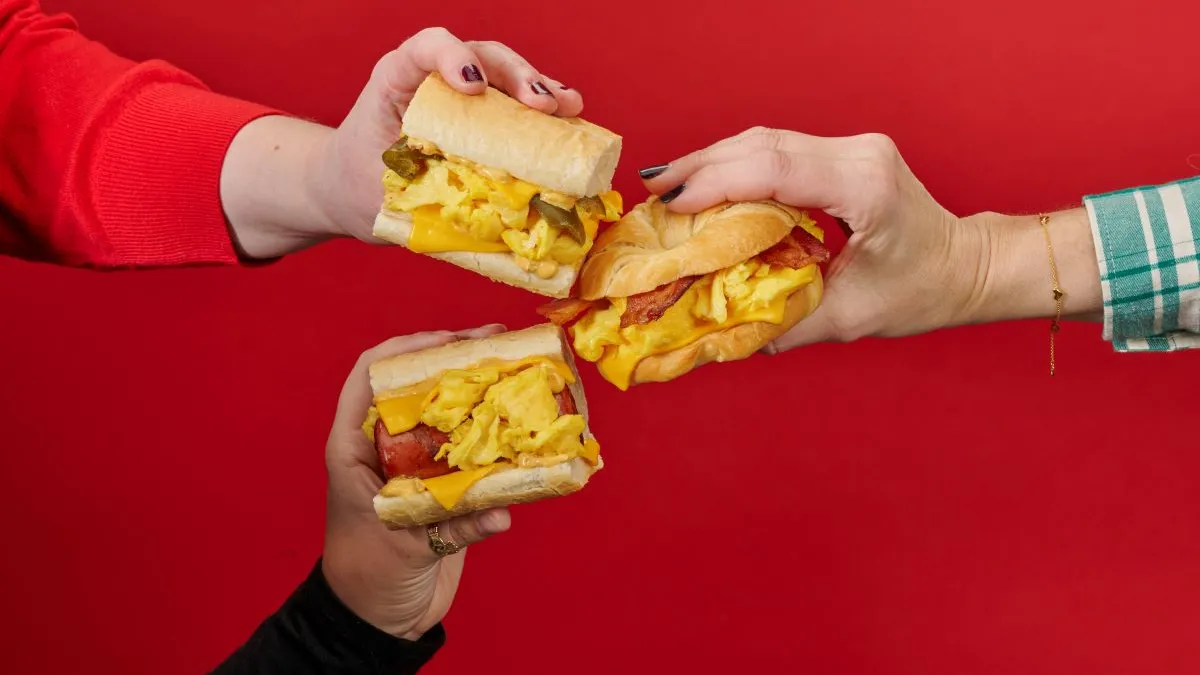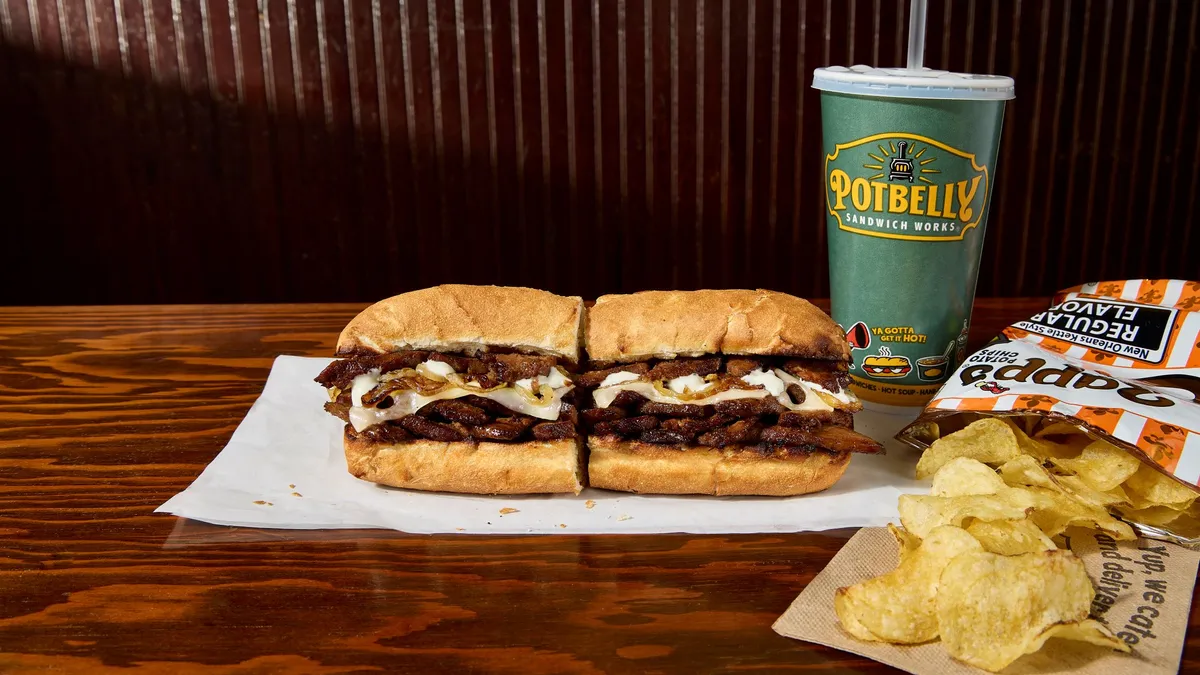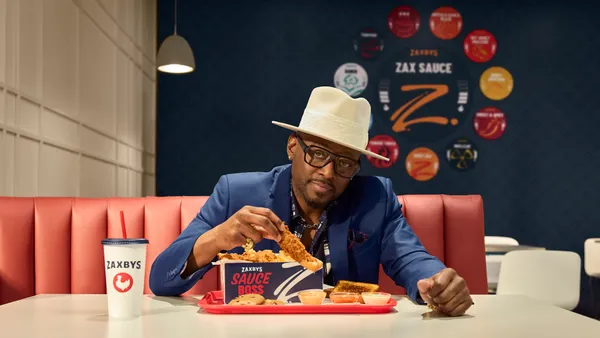Editor’s note: This is the third in a three part series on juice chains. The first highlights chains’ aggressive growth plans while the second discusses how juice chains are boosting store-level profitability.
When Landon Eckles started Clean Juice with his wife in 2015, they developed a menu of juices, smoothies and acai bowls. That has since evolved to a broader menu.
To appeal to a broader consumer base, it became clear that the company would need to add food items. Prior to the pandemic, the chain introduced toast, including avocado toast, almond butter toasts and peanut butter toasts, which performed really well, Eckles said. Post-pandemic, the company expanded its food menu to include chicken wraps, salads and sandwiches.
The co-founders were hesitant about the menu expansion at first because they had never brought in meats and cheeses to the stores. Clean Juice initially rolls out food items to one or two stores to see how it sells before piloting it in a market like Charlotte, where its headquarters are based, to see how it performs in multiple locations.
“I think that people are becoming more and more aware and focused on health and wellness,” Eckles said. “Twenty to 30 years ago, I think the notion around the U.S. was work as hard as you can, get fast food as quickly as you can and get back to work. I think that’s really evolved.
Other juice chains have expanded their menus in recent years, including Beyond Juicery, Main Squeeze, Joe & The Juice and Juice it Up, to appeal to a broader demographic and create more occasions for guests.
“We’re not only growing sales, but also we’re attracting new guests, who perhaps hadn’t come to us before because maybe they didn’t want a juice or smoothie. They wanted something a little different, but also healthy,” Eckles said.
Retooling kitchens to accommodate new recipes
Main Squeeze is revamping all of its bowl toppings to be more competitive and to offer higher quality and cleaner ingredients. Additionally, Main Squeeze is experimenting with shrinking its 16-ounce juice bottles to 12 ounces to reduce entry-level menu costs, Main Squeeze CEO Thomas Nieto said. The chain is offering these smaller bottles at four stores in Mississippi and Florida for $7.50, and the company is confident that these bottles will increase customer frequency. The chain offers a 12-ounce and 24-ounce smoothie and is testing a 16-ounce size.
The chain’s biggest changes are coming with the addition of food items.
Main Squeeze will roll out a protein line during the first quarter. The menu will include a protein bowl, a hearty wrap and vegan nachos. The vegan items began rolling out in January with more stores adding the items through March, Nieto said. Vegan nachos are currently in nine locations.This is in addition to a plant-based breakfast sandwich, which comes in original, maple and spicy, that is available at 18 of its stores as of February. That item was launched in 2021.
To accommodate these new items, the chain has been adding toaster ovens and commercial-grade air fryers to kitchens, but this transition has been slow going for existing locations as the cost for this equipment is high. The toaster oven costs $6,500, for example. The three protein items don’t need high-speed toaster ovens, but the breakfast sandwich typically needs one. All new locations are equipped with the new ovens, however.
“[Fresh food] is going to be a big focus of ours,” Nieto said. “But this is just our starting point.”
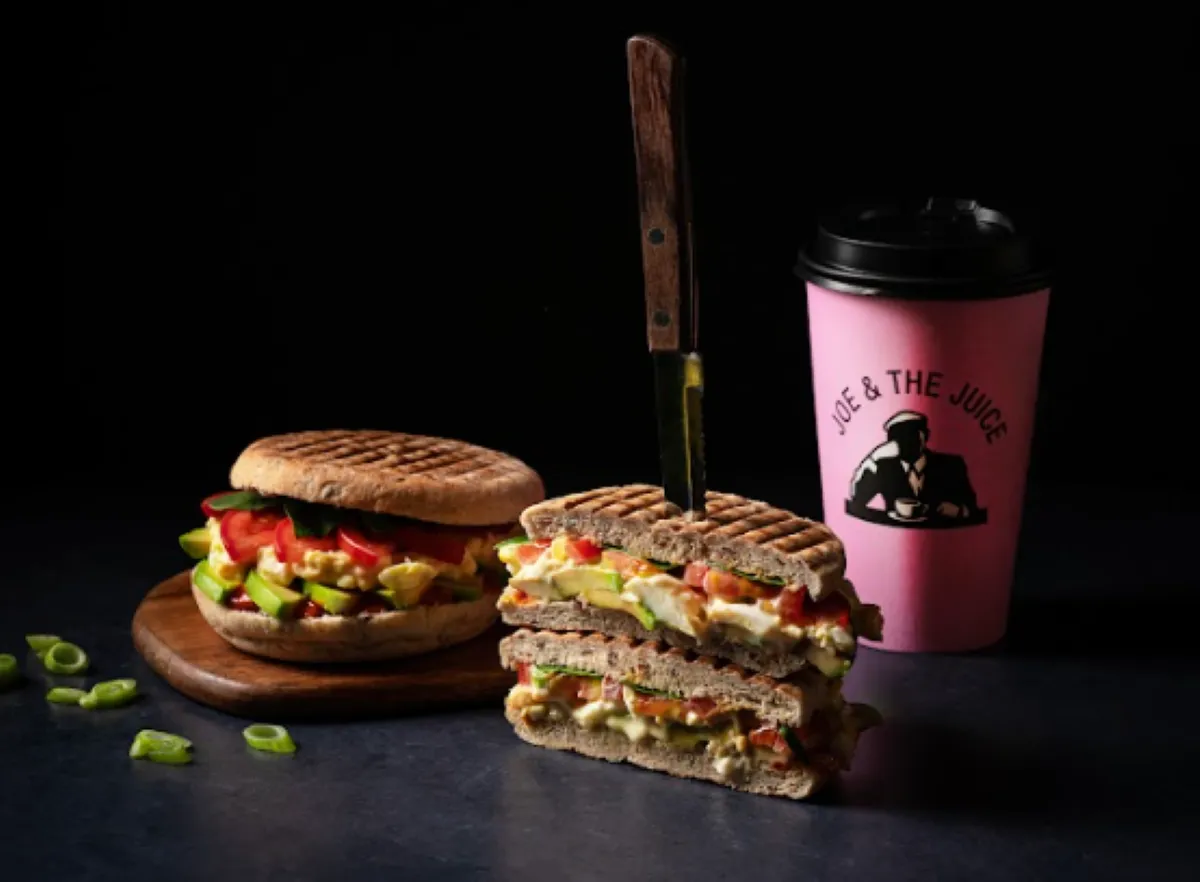
Creating more customer occasions
Joe & The Juice’s menu started out as juices and shakes, but the company quickly realized that people tend to only pick up juice once a day, said Kasper Garnell, Joe & The Juice’s global brand director. The chain would need other items, like coffee, to drive frequency throughout the day. While 95% of Joe & The Juice’s menu is the same globally, Garnell said the chain has seen success with items like matcha, which was added to the menu in 2022, that is a huge seller in the U.S. compared to elsewhere.
The chain added acai breakfast bowls in 2021 following customer demand. Offering more breakfast items can encourage more people to come in the morning before the high traffic times of 11 a.m. to 4 p.m., Garnell said. In February, Joe & The Juice enhanced its breakfast menu with an Eggcado Breakfast Sandwich, which includes cage-free eggs, avocado, tomato, spinach and the chain’s signature spicy sauce. Additionally, the chain added a Slab Breakfast Sandwich and Eggcado Breakfast Bowl.
“The Eggcado Breakfast Sandwich is our latest endeavor to reinvent breakfast, offering a delicious and nutritious option for our customers," Garnell said in a statement. “We believe that breakfast should be an energizing experience, setting the tone for a great day. With the Eggcado Sandwich, we are aiming to provide a morning option that aligns with our brand's ethos and dedication to quality.”
Joe & The Juice has also been working with celebrities to create collaborations. During the summer, it released a shake with the help of Serina Kerrigan, a dating expert and media personality. The “For the Plot” shake generated sales much higher than expected, and was one of the company’s best selling LTOs to date, Garnell said, adding that the partnership exceeded the company’s expectations and “was incredibly successful all around.” This was also the first time Joe & The Juice went all-in on an omnichannel campaign with social media activation, press through its PR agency, billboards and even stenciling on New York City streets.
Beyond Juicery has offered food items since it started in 2005, but that menu has changed as the brand has grown. While Beyond Juicery is known for its raw juice bar and smoothies, it wanted to use food to help drive frequency, William Parsons, Beyond Juicery integrator, said. Its menu over the last couple of years expanded and includes wraps and an acai bowl called the Cosmic Dream Bowl.
“As more and more concepts grow and more competition’s out there, … I look at it as a positive because it opens the door for many opportunities for us to maximize on new products,” Parsons said.
Appealing to a broader demographic
Beyond Juicery has been working on creating a balance between what is perceived as healthy, what is truly healthy and indulgence, Parsons said. The chain has also been focused on marketing the health benefits of some of its ingredients. For example, its Mango Passion Bowl, has a blue sorbet made from spirulina, which is derived from blue green algae and is an antioxidant that is high in nutrients and can help lower cholesterol.
The chain typically focuses on seasonality for its limited-time offers. The company offers four to five LTOs every year, Parsons said. Last summer, it offered a Southwest Chicken Caesar Wrap and an al fresco salad. Winter items are more indulgent since habits typically change during the holiday season with people wanting more treats. For example, last winter, it offered a cookie butter smoothie bowl.
Beyond Juicery sends customer surveys out and Parsons’ team in the corporate office visit stores to better understand guest preferences.
“We listen to our guests. We also take the time to research and understand what do our guests want? Who are our guests?” Parsons said.
Corporate listens to franchisee feedback and meets with its franchise advisory council quarterly to discuss guest trends.
“At our size, we’re able to pivot pretty quickly and continue to keep it scaled, which I think is something that is a major advantage for us,” Parsons said.
Nekter has created several menu items to appeal to its growing customer base. For example, it took a spin on peanut butter and jelly with a product that had chia and organic peanut butter, Steve Schulze, co-founder, CEO and president of Nekter Juice Bar, said.
“It was basically to reach out to a … wider … audience than the traditional juicer,” he said.
Nekter expects to expand its menu with food and has been doing so for a year. Schulze said with this addition, Nekter will look a bit more like a fast casual eatery. The company currently has several grab-and-go items and has been testing food in stores to see how they do. It will be adding food items aggressively within the next 12 months with more formal rollouts.
Nekter completed several tests in 2023, and the chain continues to work toward adding more items in 2024, Schulze said. The chain also saw sales increase for snack and grab-and-go items.
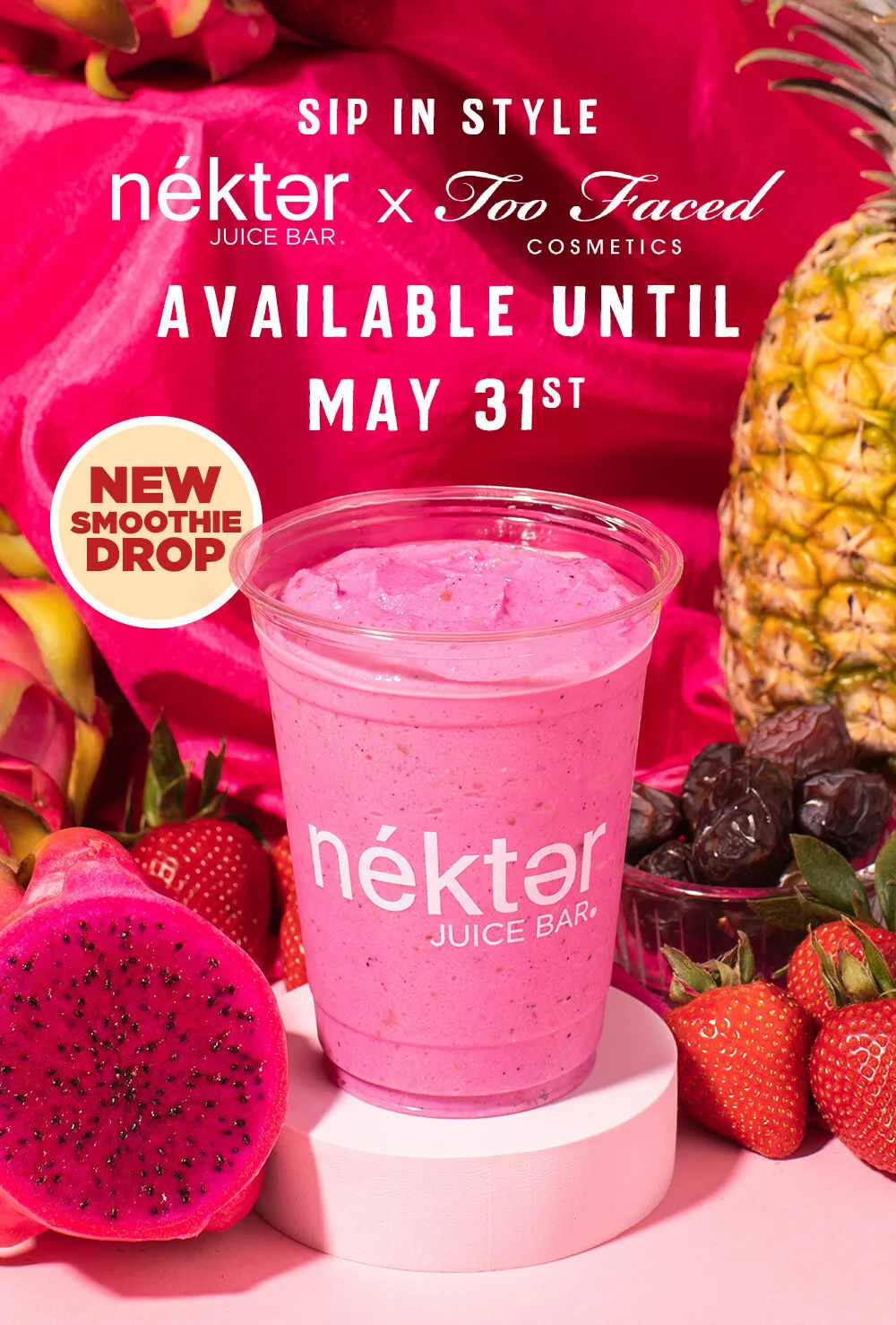
Nekter partnered with popular brands to create branded LTO products, as well. Last spring, it parterend with Too Faced Cosmetics to create a pink smoothie with pitaya, strawberries, pineapple dates, hemp hearts, agave and Nekter’s housemade cashew nut milk.
During the summer, Nekter partnered with Nintendo to create a product with its plant-based and dairy-free ice cream to celebrate Mario Kart’s 25th anniversary. The partnership helped the company reach a broader demographic and boosted brand awareness in its markets. Sales were up 65% compared to an earlier campaign that featured similar frozen items.
Juice it Up is looking at ways to incorporate items from the raw juice bar into other parts of the menu, Susan Taylor, president and CEO of Juice It Up, said.
“Our platform is built on smoothies, juices and bowls,” she said. “We’ve found that there’s more of a demand for just pure plant-based [items] in other segments as well.”
Noah Burgess, director of research & development at Juice it Up, put together a strategic plan over the next year to test new items based on trends and insights they gather.
“We’re looking at and testing within the same time frame we have LTOs to look at how things perform,” Taylor said. If this is something that guests are asking for, they look into introducing the item across the system over the next year or hold back if it appears that the item is two years too early for current trends.
Having a broader menu can also help support growth across juice chains.
“Doing just juice is challenging because you’re limiting yourself to consumers who only want juice,” Eckles said. “We’ve found that we want to be there for that customer, but we also want to attract the masses.”



